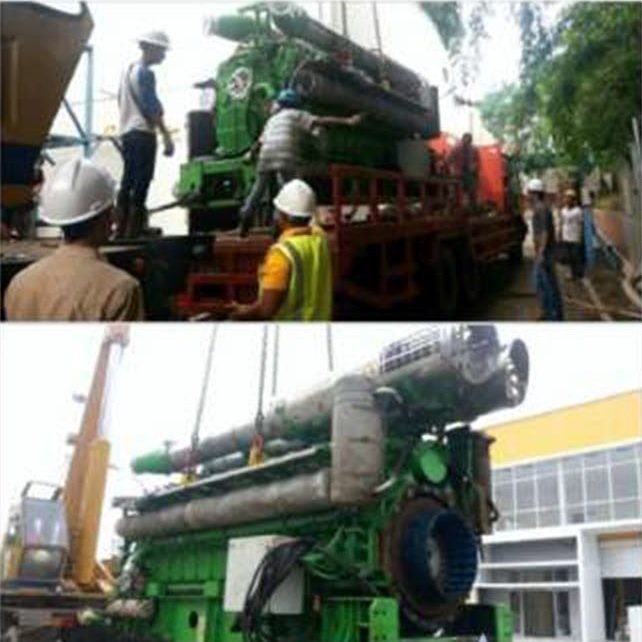Heavy Equipment Jacking and Rolling

In the realm of heavy equipment handling, efficiency and precision are paramount. This article delves into the intricacies of heavy equipment jacking and rolling, exploring the methods, benefits, and considerations associated with these specialized lifting techniques.
Methods of Heavy Equipment Jacking
Hydraulic Jacking Systems
Hydraulic jacking systems utilize fluid pressure to lift heavy equipment off the ground, offering precise control and stability during the lifting process.
Mechanical Jacking Techniques
Mechanical jacking techniques involve the use of mechanical devices such as screw jacks or lever systems to raise heavy equipment, providing an alternative solution to hydraulic methods.
Rolling Techniques for Heavy Equipment
Skidding
Skidding involves sliding heavy equipment along a smooth surface using specialized skid plates or rails, enabling controlled movement without the need for lifting.
Rail Systems
Rail systems utilize tracks or rails installed on the ground to facilitate the smooth and controlled movement of heavy equipment, minimizing friction and enhancing maneuverability.
Benefits of Jacking and Rolling Heavy Equipment
Precision Placement
Jacking and rolling techniques allow for precise placement of heavy equipment, ensuring accurate positioning and alignment according to project requirements.
Minimized Disruption
By eliminating the need for extensive dismantling or disassembly, jacking and rolling techniques minimize disruption to ongoing operations, reducing downtime and increasing productivity.
Versatility in Tight Spaces
The versatility of jacking and rolling techniques makes them ideal for use in tight or confined spaces where traditional lifting methods may be impractical or challenging to execute.
Considerations When Using Jacking and Rolling Techniques
Structural Integrity
Before employing jacking and rolling techniques, it’s crucial to assess the structural integrity of both the equipment and the surrounding infrastructure to ensure safe and reliable lifting operations.
Surface Stability
The stability of the ground surface plays a significant role in the success of jacking and rolling operations. Uneven terrain or unstable surfaces can compromise the effectiveness and safety of the lifting process.
Environmental Factors
Consider environmental factors such as weather conditions and temperature variations, which can impact the performance and safety of jacking and rolling techniques. Adequate precautions should be taken to mitigate any potential risks associated with adverse environmental conditions.
In conclusion, heavy equipment jacking and rolling techniques offer versatile and efficient solutions for lifting and moving large machinery in industrial settings. By leveraging hydraulic and mechanical jacking systems, as well as skidding and rail systems, businesses can achieve precise placement, minimize disruption, and enhance operational efficiency. However, careful consideration of factors such as structural integrity, surface stability, and environmental conditions is essential to ensure safe and successful lifting operations. With the right approach and expertise, heavy equipment jacking and rolling can become invaluable tools for streamlining industrial operations and optimizing productivity.
Ready to optimize your heavy equipment handling? Explore our specialized jacking and rolling services at PT-MTJM today!
